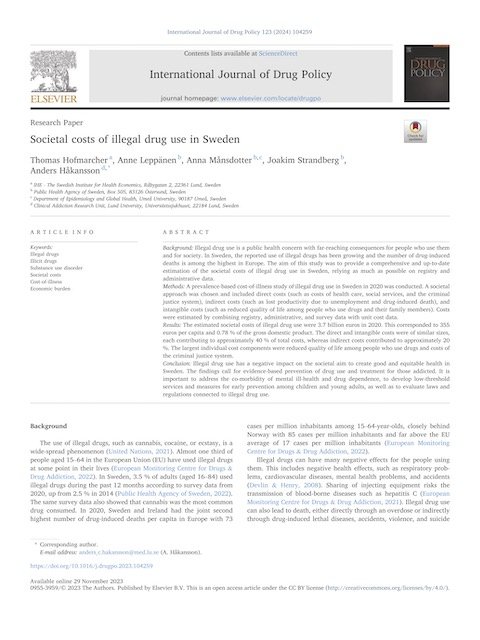By Coleman Bazelon, Alberto Vargas, Rohan Janakiraman, Mary Olson
The harm caused by transatlantic chattel slavery was vast, and its repercussions resonate in the lives of descendants of the enslaved to this day. Each enslaved person experienced overwhelming harm, beginning with the loss of their liberty and often ending with a premature death after a life marked by personal injury and other forms of violence, if they survived the Middle Passage. By our estimates, these harms were inflicted on 19 million people over the span of four centuries. These 19 million include those Africans kidnapped and transported to the Americas and Caribbean and those born into slavery. Given the depth, breadth, and duration of the harm, quantifying the associated reparations is a daunting task. Yet, many scholars in multiple disciplines across different countries have documented and studied these harms for decades. In this paper, we bring economic analysis to build on this vast body of work and quantify in a novel—but far from definitive—manner elements of reparations for transatlantic chattel slavery.24 To meet this challenge, we begin by separating the harm into two broad temporal categories. First for harm during the period when chattel slavery was carried out and, second, for continuing harm thereafter. During each of these periods, harm was multidimensional, and it is important to recognize each of the distinct forms of harm experienced by the enslaved and their descendants. We quantify only a subset of these harms, since the economic tools available are not appropriate to measure some categories of harm or because of data limitations.
For the period of enslavement, including any post-emancipation period of ‘apprenticeship’ where the formerly enslaved were ‘earning’ their freedom, we estimate US$77 trillion to US$108 trillion in reparations. This range provides a lower-bound estimate reflecting conservative assumptions, such as the interest rate to compensate for the time value of money when we bring the value of stolen labor forward to today. If, as other scholars have done, we used interest rates closer to the market rates over the relevant centuries, our estimates would be considerably higher. The lower bound estimate of US$77 trillion in reparation for the period of enslavement uses an alternative approach to bring the value of stolen labor forward to today using an interest rate that is based on the appreciation in the value of labor, instead of an interest rate based on the appreciation of the value of money. Prior work presenting similar calculations has noted that the resulting magnitudes are close to or exceed the current GDP of the enslaving countries. While striking, that is not surprising. These calculations measure a harm inflicted on millions of persons, and sometimes entire nations, for hundreds of years, and therefore one year’s GDP, which measures the annual economic output of a country, is perhaps not the best yardstick to put the results in context. Instead, we compare the magnitude of our estimates with national wealth and the cumulative GDP over the past several decades.
Boston: Brattle Group, 2023. 115p.






















